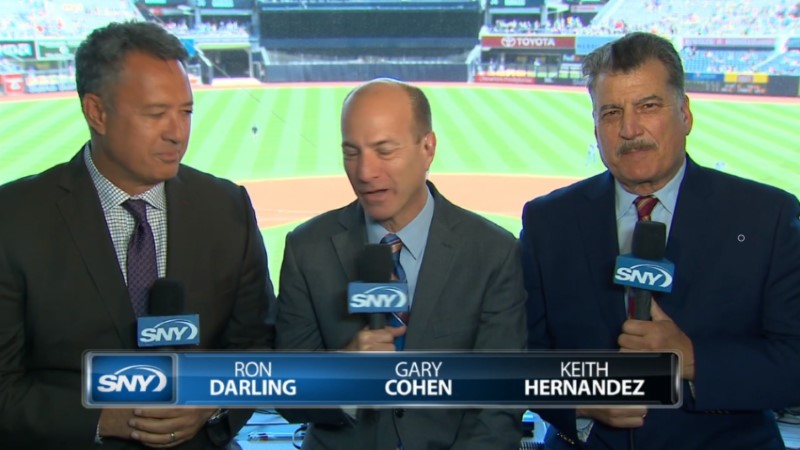Missed Time and the Hall of Fame, Part 1
When Harold Baines was elected to the Hall of Fame via the 2019 Today’s Game Era Committee ballot, the argument that he would have reached 3,000 hits had he not lost substantial parts of the 1981, ’94 and ’95 seasons to player strikes must have weighed heavily on the minds of voters. How else to explain the panel shocking the baseball world by tabbing a steady longtime DH who never led the league in a major offensive category and whose advanced statistics equated his career value to good-not-great players such as Paul O’Neill or Reggie Sanders? That time missed was a major talking point for Tony La Russa, who managed Baines in both Chicago and Oakland and was one of several key figures in the slugger’s career who not-so-coincidentally wound up on the committee. Baines finished 134 hits short of the milestone, while his teams fell 124 games short of playing out full schedules in those seasons (never mind the fact that he missed 59 games due in those three seasons due to injuries and off days). On this particular committee, he received the benefit of the doubt regarding what might have been.
Baines was neither the first player nor the last to gain such an advantage in front of Hall voters. As you might imagine, the topic has been on my mind as we confront this pandemic-shortened 2020 season, and I’m hardly alone. In chats, article comments, and on Twitter, readers have asked for my insights into what the current outage might mean with regards to the Hall hopes for active players. I’ve spent the past four years weeks ruminating on the matter, but for as tempting as it may be to dive headfirst into analyzing the outage’s impact on Zack Greinke, Yadier Molina, Mike Trout et al if the season is 100 games, or 80, or (gulp) zero, the more I think about it, the more I believe that it’s important to provide some historical perspective before going off half-cocked.
According to the National Baseball Hall of Fame, at least 69 Hall of Famers — from Civil War veteran Morgan Bulkeley, the first president of the National League, to Ted Williams, who served in both World War II and the Korean War — served in the U.S. Armed Forces during wartime. Fifty-one of those men were elected for their major league playing careers, and six more for their careers in the Negro Leagues, the rest being executives, managers, and umpires. Some players, such as Yogi Berra, Larry Doby, Ralph Kiner, and Red Schoendienst, served before they ever reached the majors, and others, such as Christy Mathewson, did so afterwards, but many gave up prime seasons to wars. Williams missed all of the 1943-45 seasons and was limited to just 43 games in 1952-53. Joe DiMaggio, Bob Feller, Hank Greenberg, Johnny Mize, Pee Wee Reese, Phil Rizzuto, and Warren Spahn all missed the entire 1943-45 span as well, with Greenberg missing most of ’41 and half of ’45, too. Several other players missed one or two years. Read the rest of this entry »

